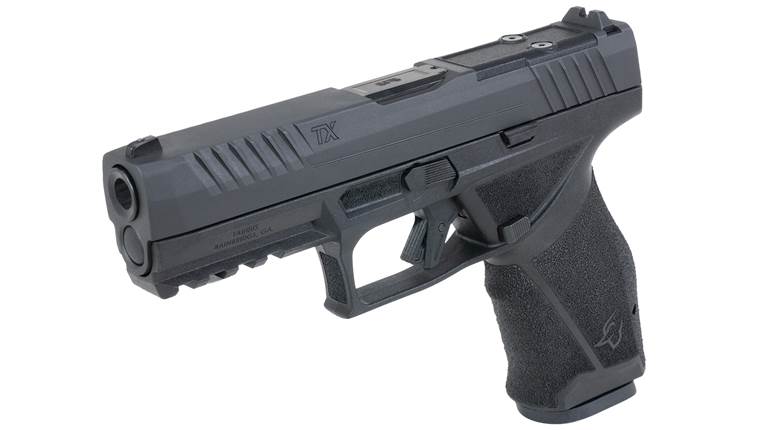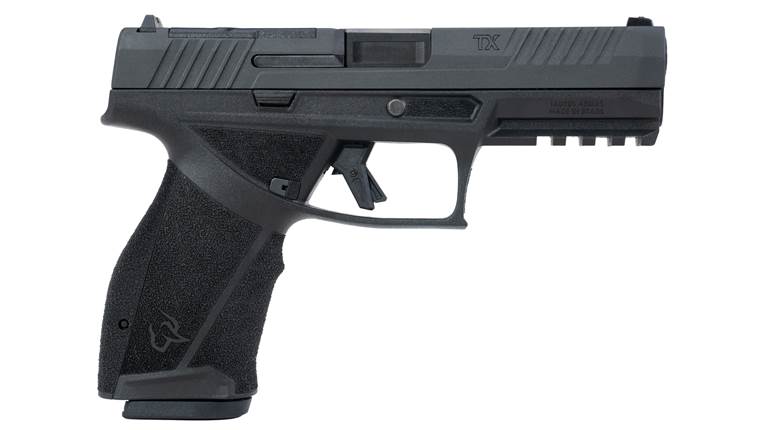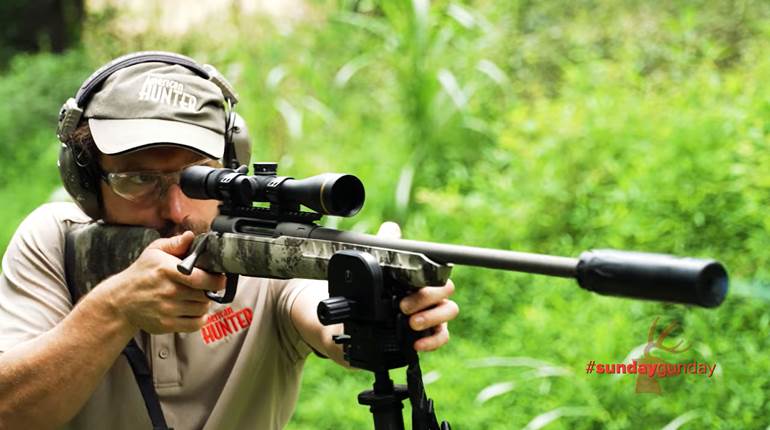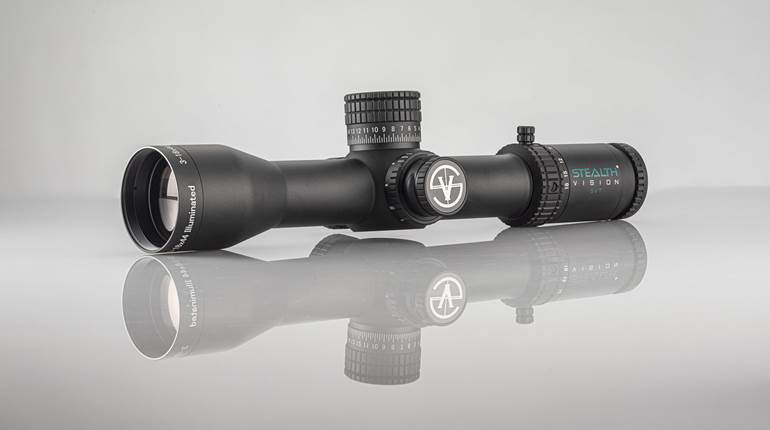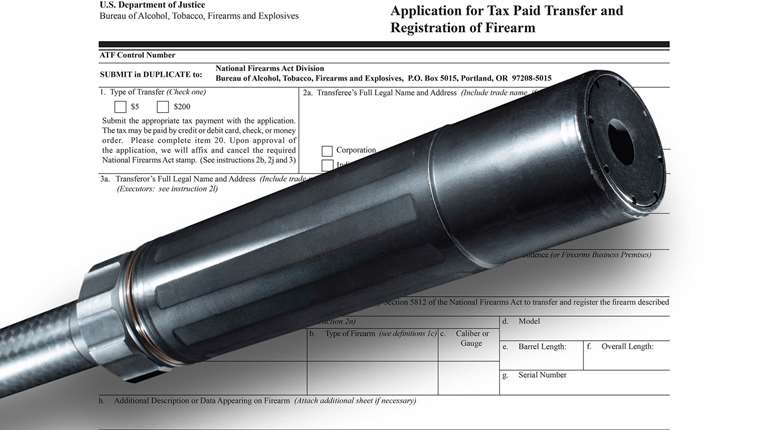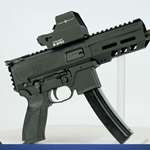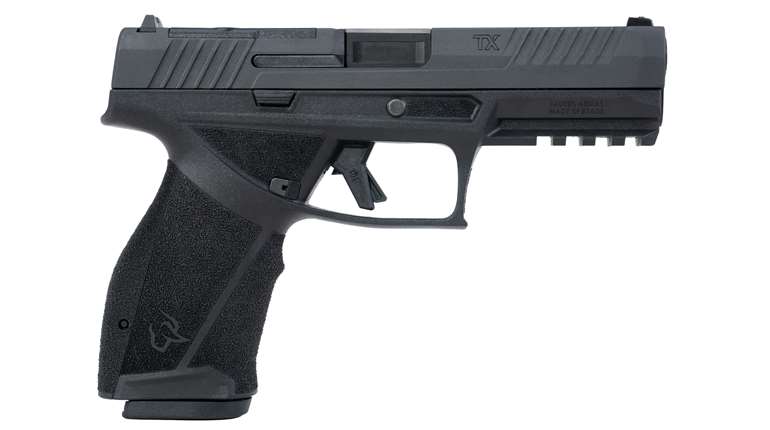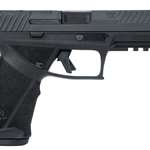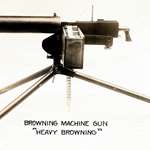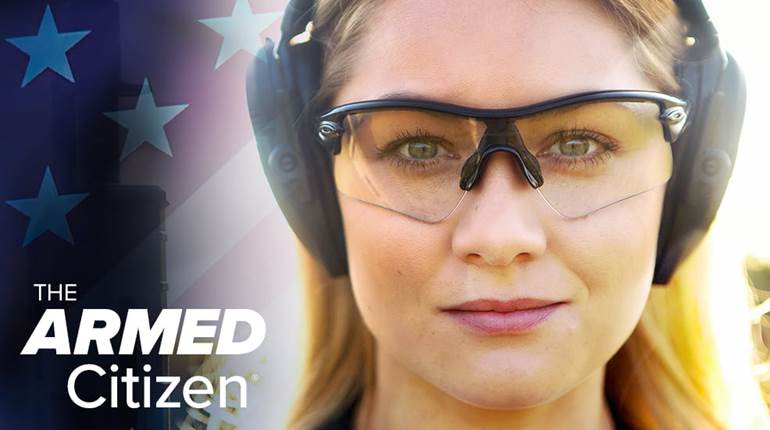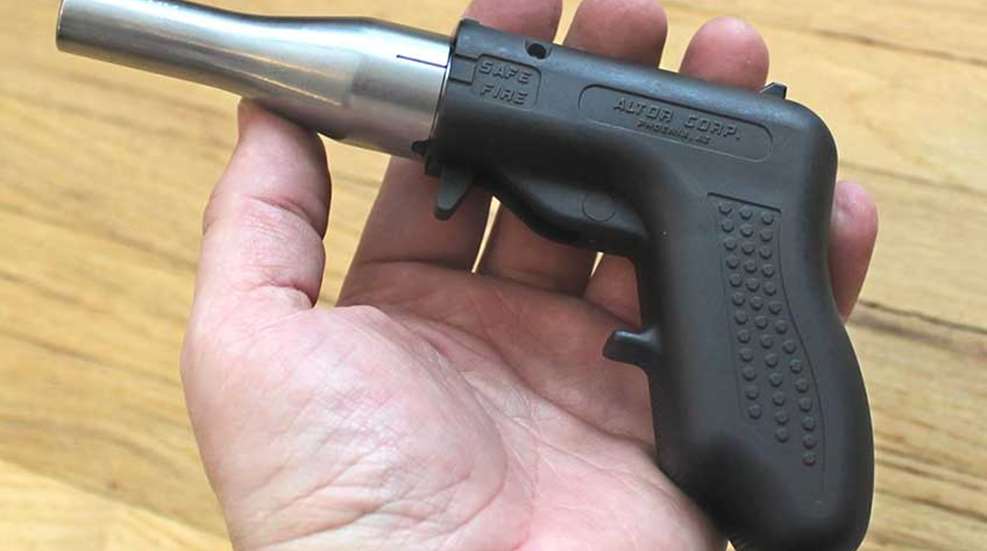
Mr. Alex Malcolm, scientist and inventor of the Altor pistol, teamed up with three engineering firms to tackle the task of producing an American made handgun that would be durable, reliable, and affordable enough to be purchased by those on the tightest of budgets. It was important that even though the gun would be one of the least complicated, it would still be produced using modern design principles, top of the line manufacturing techniques, and high-quality materials.
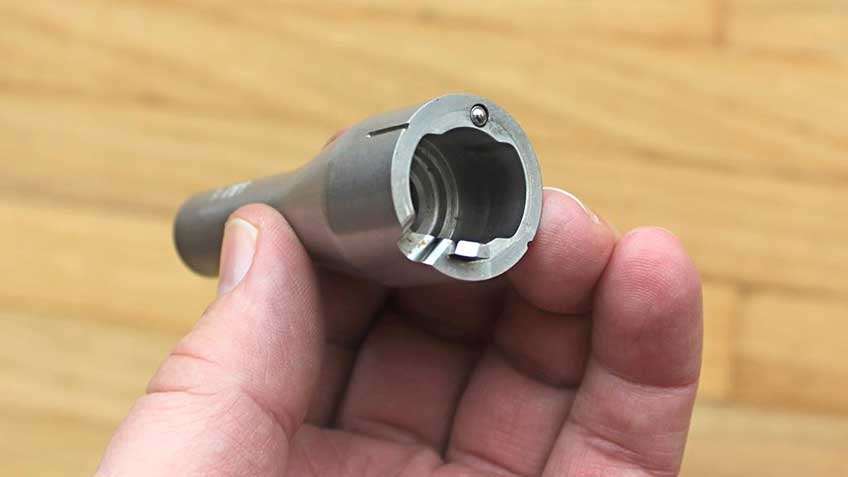
The tapered, round profile 2.90" barrel and the tubular receiver are both CNC-machined from 416RS stainless steel with a Rockwell hardness of 28 to 32. About 1.40" of the barrel forms the chamber, leaving around 1.50" of rifled bore for the 9 mm bullets to traverse. The sparse rifling consists of four thin grooves with a 1:10 LH twist rate. A ball dent serves as an indicator of the barrel's rotational position on the receiver, as do two engraved hash marks. A 0.25" twist rotates the barrel between the "SAFE" and "FIRE" positions. The word TOP is engraved on the chamber to help the user maintain proper barrel orientation.
The receiver has a fixed, two-lug extension that looks a good deal like a rifle's bolt. But instead of twisting the locking lugs of the 'bolt' into a fixed barrel, the stubby barrel is manually twisted on and off of the receiver extension. A raised groove on the face of the receiver acts as a shell holder. The cartridges are slipped in from the top of the groove and held in place by the receiver while the barrel is installed and removed. The receiver is the serial-numbered component with the number visible through a port on the right side of the grip. A single stainless-steel pin locks the receiver into the grip.
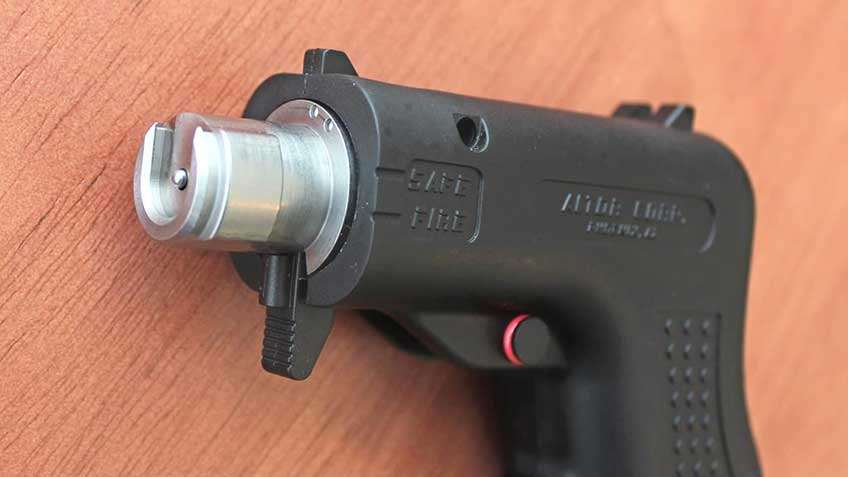
The compact grip frame is molded from reinforced (30 percent fiberglass) black Nylon 6 polymer, which is commonly used in the manufacture of handgun frames. The two halves of the frame are glued to each other using an aerospace-grade cyanoacrylate adhesive. The pistol's front and rear sights are integral to the top strap with a bit of texturing found on the sides and backstrap of the grip. A crossbolt safety button prevents the trigger from cycling.
Removing the pin and tubular receiver from the polymer grip frame reveals a firing mechanism consisting of just two components. A single stainless-steel spring powers a striker assembly made of the same polymer and steel as the rest of the gun. The firing pin is located directly above the polymer extension which serves as the trigger. The striker is pressed straight back along a groove inside the hollow receiver. A portion of the grip frame, behind the trigger, is ramped. As the trigger finger moves backwards the tip of the finger is pushed downwards by the ramp causing it to slip off the trigger and release the striker. The result is a trigger pull which is long, smooth, light (just 3 lbs. 10 oz.), but utterly foreign in its feel. I can't think of any other trigger type it can be compared to.
At first glance, one can can't help but compare the Altor 9 mm to previous examples of inexpensive single-shot pistols, such as the stamped sheet metal FP-45 Liberator of WWII or the Vietnam Era cast aluminum CIA Deer Gun. But this modern single-shot is better made and much simpler to operate. The Liberator required a dozen steps to load, fire and extract the spent casing, while the Deer Gun takes about 16 steps (depending on how you read the instruction sheet).
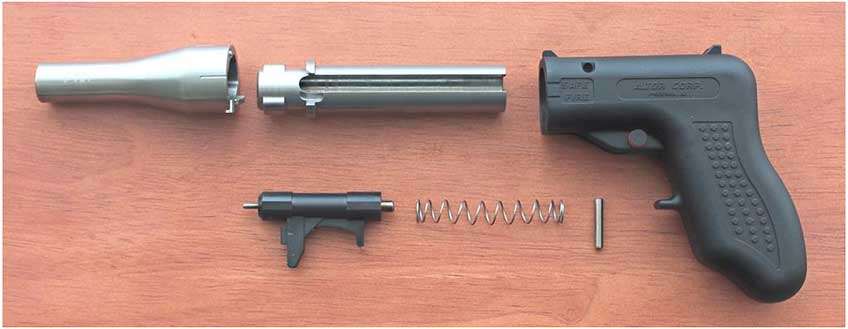
Here's how to operate the Altor when starting with an unloaded chamber and the cross bolt safety engaged. While depressing the trigger, twist the barrel clockwise and then remove it from the receiver. Place a fresh cartridge into the receiver. Replace the barrel and twist it counter clockwise until it locks into place. The trigger extension drops into a notch in the barrel to prevent the barrel from rotating. However, when the striker assembly is all the way forward, the firing pin is in contact with the cartridge primer. If the gun is going to be carried with a live round in the chamber, the barrel needs to be rotated so that the safety marks on the barrel are in line with the word "SAFE" on the grip frame. Placing the barrel in this position presses the striker assembly back and away from the primer.
To fire the gun, press the cross bolt safety into the "FIRE" position, rotate the barrel from the "SAFE" to "FIRE" position and then pull the trigger. To take out the spent cartridge case, twist and remove the barrel. The case will remain in the receiver, held in place by the firing pin which will be resting against the spent primer. While depressing the trigger, lift the spent cartridge up and out of the receiver. Now the gun is ready for the next fresh cartridge.
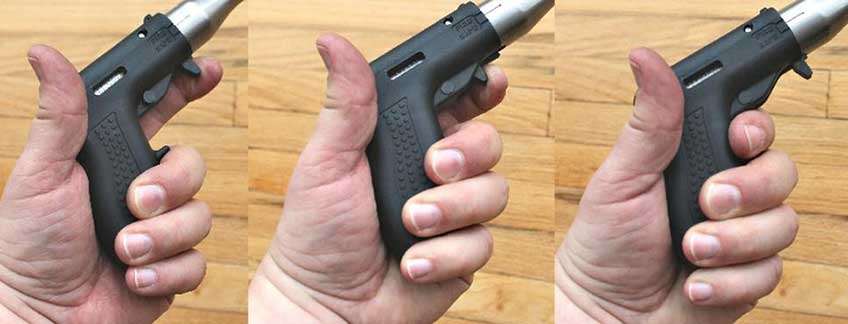
What kind of operational speeds does that translate into? With some practice, I could draw the pistol, disengage both safeties and fire in about 3.5 seconds. With a bit more work I could fire, reload and fire a second shot in about 11 or 12 seconds. I think it's safe to say that this is not a high-speed, low-drag tactical platform. It should be pointed out that short-stroking the trigger (releasing it too soon) can cause a soft primer strike resulting in a click instead of a bang.
Some sub-compact, 9 mm semi-autos can produce fairly snappy levels of felt recoil, so it should come as no surprise that the 10-oz. Altor can be a stout little shooter. It has a low bore axis that drives the grip straight back into the palm of the shooting hand. The first 20 rounds were amusing. At 50 rounds, my hand was getting tired. When I reached and passed the 100-round mark, it wasn't fun anymore. But most folks are not going to pound away with this gun in marathon fashion like I did. The company does not recommend the use of +P loads. Trust me, the gun kicks enough with standard pressure loads.
The formal accuracy and velocity results using Federal, Sig Sauer, and Winchester 9 mm ammunition can be seen in the following table:
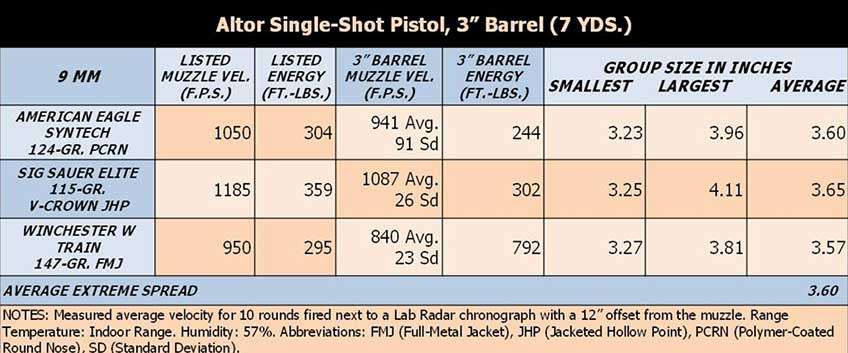
Considering how short the rifled portion of the barrel is, an average velocity drop of around 100 fps. is not all that bad. I had to work to get the groups down to around 3.5" from a bench rest at 7 yds. because of the utterly unfamiliar trigger stroke. The paper targets provided a piece of data the table does not reflect. The clean, round holes indicate bullets that hit the paper head on. But several impacts ripped the paper or tore out strips of the target. That kind of damage indicates the bullets were tumbling when they impacted. With bullets key holing at 7 yds., the optimum range for this gun is probably in the 3 to 5 yd. range.
Where does the new Altor single-shot fit on the shooting sports spectrum? As much as I respect Mr. Malcolm's efforts to produce an affordable defensive pistol (Altor means protector in Latin), I'm not prepared to recommend any single-shot platform as a primary defensive firearm. This is a 3.5 seconds-to-fire once, 12 seconds-to-fire twice pistol which makes it a spare-tire defense option at best. For $100 more than the Altor's $129 suggested retail price, folks can buy 9 mm semi-autos capable of firing off between 7 to 11 rounds in 3.5 seconds with reload times of around a second or so.
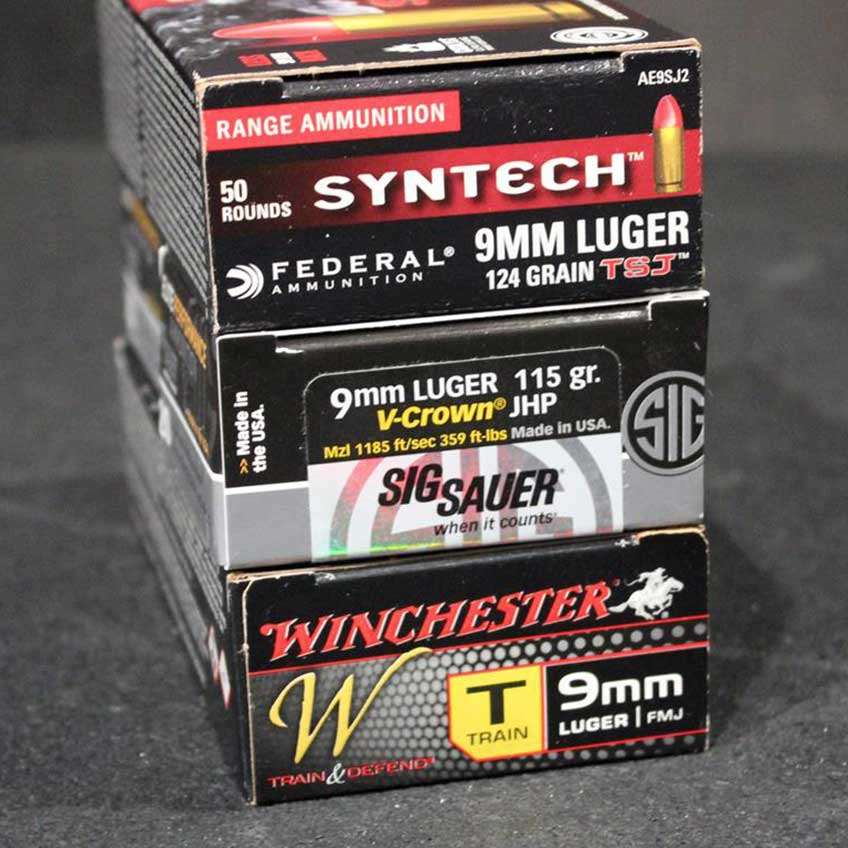
That being said, I do recognize the Altor for what it is; a tough, simple, and well made single-shot derringer that falls squarely into the same category as the .22 LR Trailblazer Lifecard. It's small, it's light and it can be stowed in places other guns won't fit. It can be loaded with CCI's 9 mm Pest Control shells and tucked into a tackle box or backpack pocket for vermin or venomous snakes. If you already shoot 9 mm, the Altor provides an inexpensive and unique way to try something new with the ammo you've got. This derringer is also available chambered in the softer shooting .380 ACP. MSRP is $129 for the 9 mm and $119 for the .380 ACP versions. For more information visit altorcorp.com.
Altor Corporation Single-Shot Pistol Specifications
Manufacturer: Altor Corporation
Model: Single-Shot Pistol ( #00022)
Action: Striker Fired
Caliber: 9 mm Luger
Barrel: 2.90" Stainless Steel, Round Profile
Receiver: Stainless Steel
Grip Frame: Textured 30-percent Fiberglass Reinforced Nylon 6 Polymer
Trigger: Nylon 6 Polymer
Trigger Pull: 3 lbs. 10 oz. (As Tested)
Firing Pin: Stainless steel
Sights: Fixed
Overall Length: 6.5"
Height: 3.5"
Width: 1.15"
Weight: 10.2 oz.
Capacity: 1 Round
Twist: 1:10 LH
Rifle Grooves: 4
Accessories: Lock, Owner's Manual
Suggested Retail: $129 for 9 mm, $119 for .380 ACP












